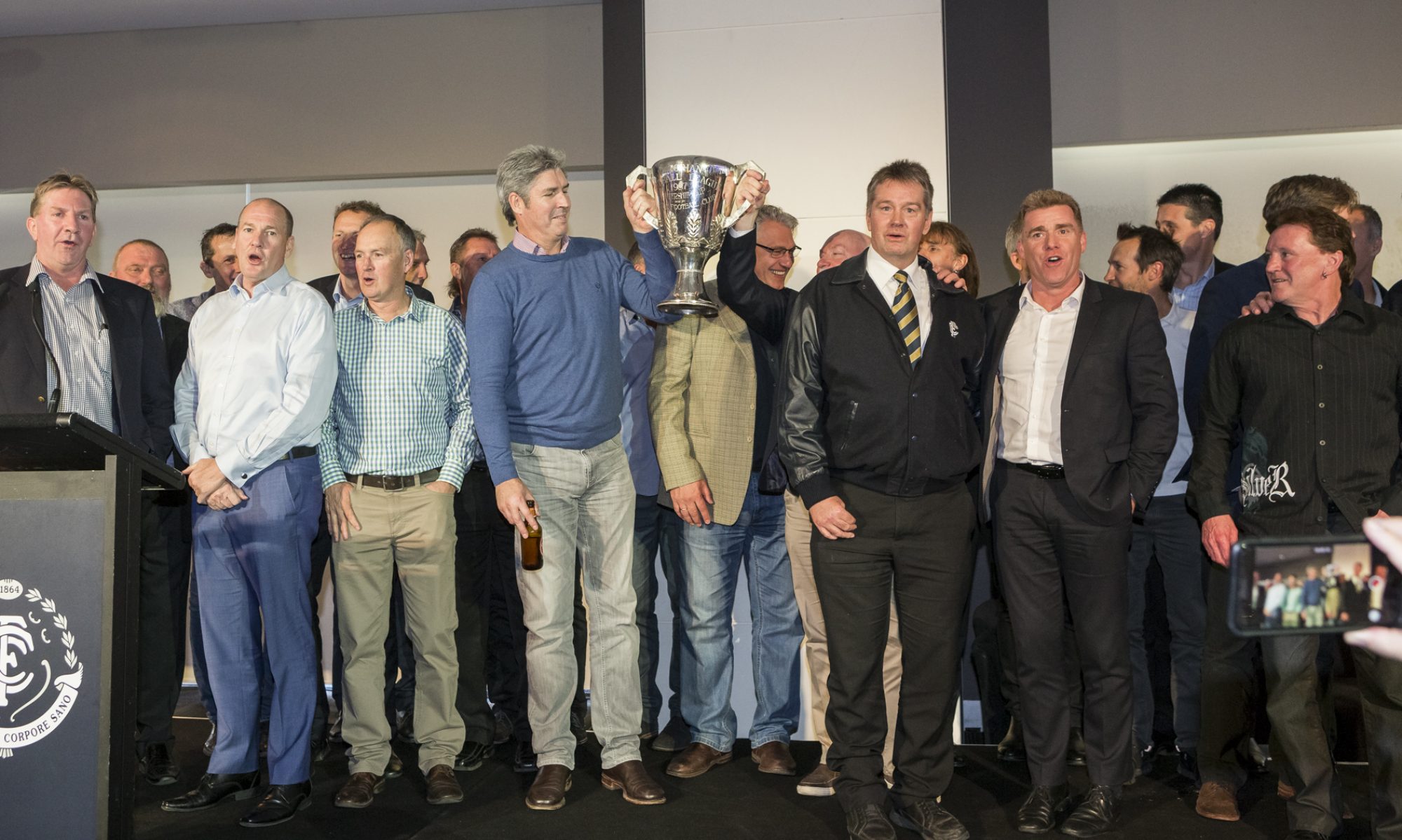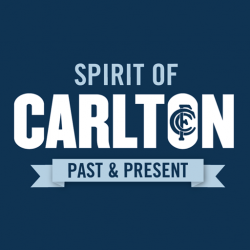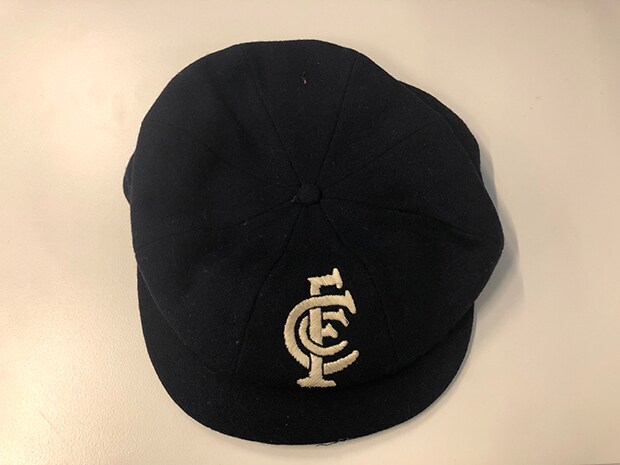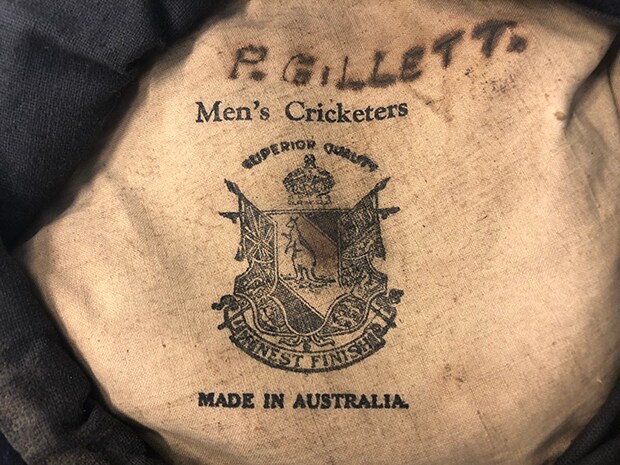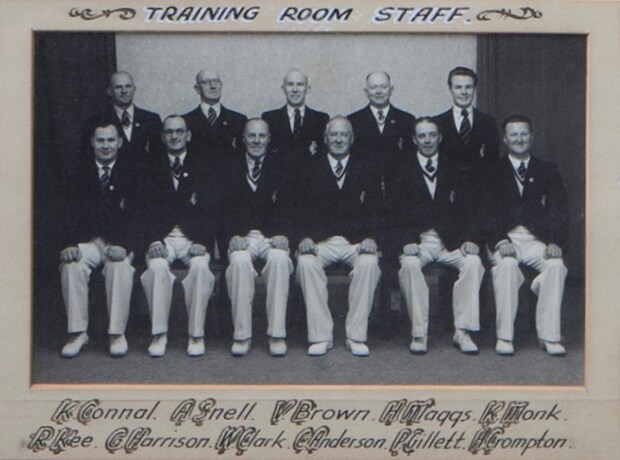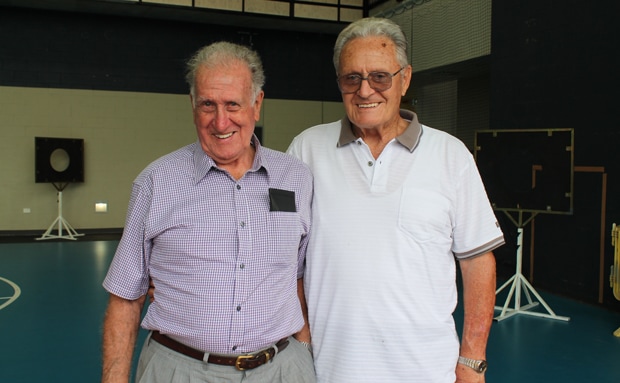Keith McKenzie, an assistant to Carlton Captain-Coach John Nicholls through the Premiership season of 1972, and later the General Manager of the club, has died after a short illness at the age of 95.
McKenzie, a World War II veteran who, like the future Australian Prime Minister John Gorton served as a Leading Aircraftman in Milne Bay, represented North Melbourne with distinction as a fleet-footed wingman through 130 senior appearances in an eight-season tenure from 1944 – during which time he earned the Syd Barker Medal as the Shinboners’ fairest and best.
McKenzie later assumed Senior Coaching duties at North, replacing Alan Killigrew, in a four-year term commencing 1966 – but 23 wins and a couple of draws from 84 starts reflected winters of discontent at Arden Street.
It was at this pivotal moment (1971) that the call came from Carlton’s then senior coach Ronald Dale Barassi. In an interview with this reporter, McKenzie admitted that the Barassi offer, which came after Graham Donaldson accepted the Senior Coach’s role at Fitzroy, would prove to be life-changing.
“In 1971 Ron Barassi asked me to join him as his assistant at Carlton and I knew then what I never had. I found Barassi’s coaching the ultimate . . . it changed me from a fellow who was dejected and disappointed at not being successful as a coach to a winner in a club which had a tradition of success . . . ,” McKenzie said.
“It (coaching) was a learning curve at North Melbourne (and) unfortunately I lost a bit of self-respect in my own right, but it was a case of when one door closes another opens, and I put it down to ‘Barass’ and Carlton who were marvellous to me.
“It’s why I’ve never forgotten Carlton and why I’ve stayed with Carlton all my life.”
Nicholls said this week that while he anticipated McKenzie’s passing having recently visited him at Anzac Hostel in Brighton, he was nonetheless saddened to learn of the news.
“I’m very sad about this. Keith was a lovely bloke and he truly was a Carlton person,” Nicholls said.
“Keith originally came over as an assistant to ‘Barass’ and he was assistant to me in ’72. Back in those days, Bert Deacon, who was a wonderful friend of mine, used to play golf with him and Gordon Norris in Dandenong.”
McKenzie, until his passing the League football’s oldest surviving Senior Coach, is accredited with having coached Carlton in three senior matches as a stand-in. The first of them came in the 12th round of 1972, when Carlton faced Fitzroy at Waverley Park. The Blues were without Nicholls, Alex Jesaulenko and Geoff Southby (all of them on Victorian representative duty), yet under McKenzie’s watch still accounted for the ’Roys by six goals.
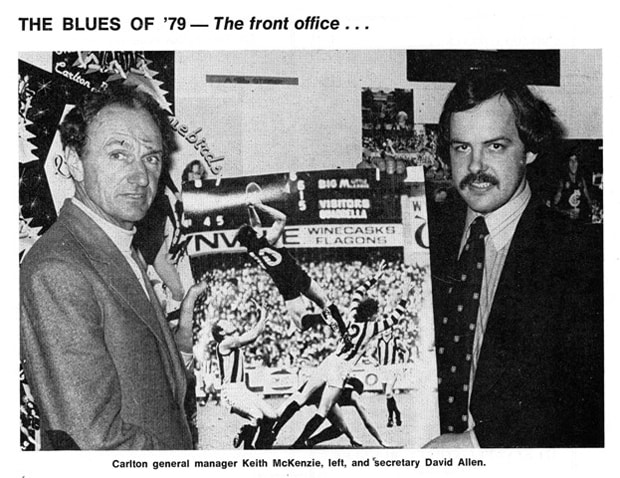
McKenzie then took charge in the second round of 1973, when Carlton accounted for his former team North Melbourne by 27 points at Princes Park. On that occasion, Nicholls (who was under a one-match suspension for striking a Geelong player the previous week) sought League dispensation to enter the ground that afternoon, in order to see the ’72 Premiership flag unfurled.
The third and final time in which McKenzie took charge has gone down in football infamy as The Battle of Windy Hill – an extraordinary affair with Essendon in the 14th Round of 1975. Again, Nicholls, Jesaulenko and Southby were committed to state representation when McKenzie prepared his charges for the match of the day on Saturday, July 5.
The Carlton players piled on an incredible 14.1 in the first 23 minutes of the second quarter of that one (with David McKay contributing eight of his own), but the subsequent felling behind play of Craig Davis led to an ugly all-in brawl. By game’s end, seven players – four from Carlton, three from Essendon – had their numbers taken and the Blues’ final scoreline of 27.13 (175) remains their highest-ever tally against the Bombers.
In 1976, McKenzie was appointed Carlton General Manager, a position he held until 1979. Beyond his four years running the club, McKenzie continued to serve in a myriad of roles, and he had a hand in the latter recruitments of Ken Hunter and Val Perovic, amongst others.
A long-time confidante of Richard Pratt who employed him at Visy, McKenzie was, until recently, a regular in the Carlton rooms with Pratt’s widow and current club Director Jeanne with whom he previously played midweek croquet.
An entrepreneurial type, he famously found a way to get the better halves of Swedish supergroup ABBA decked out in dark Navy Blue guernseys. That happened on the morning of Saturday, March 5, 1977, when Agnetha Faltskog and Frida Lyngstad, together with their husbands Bjorn and Benny, lobbed at Tullamarine Airport to fulfil their obligations in two shows at the Sidney Myer Music Bowl as part of the band’s Australian musical tour.
In a previous interview, McKenzie vividly recalled the chain of events which led to Agnetha and Frida sporting the famous playing tops, in one of the all-time great club marketing triumphs.
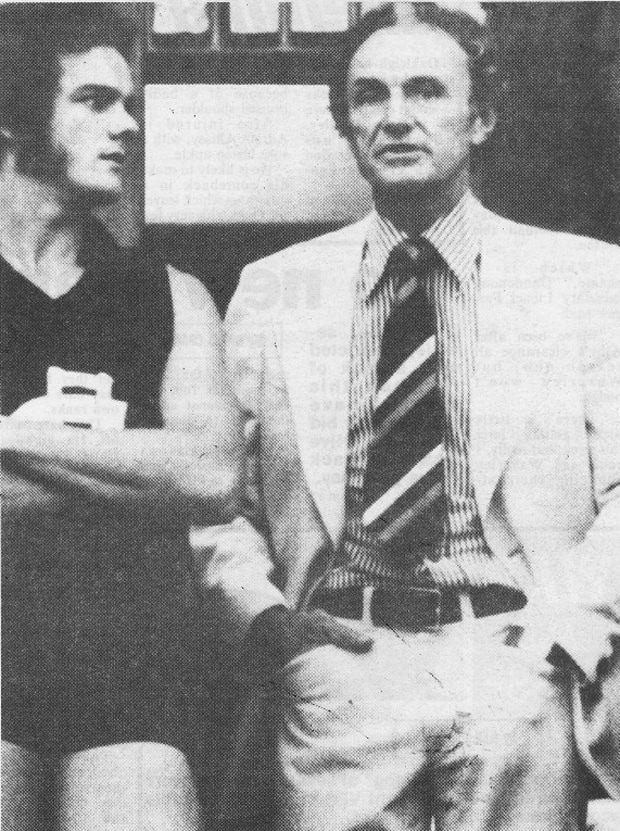
Keith McKenzie with Carlton great Rod Austin, 1977. (Photo: Supplied)
“When we knew they were about to land at Tullamarine I told our marketing bloke Michael Whitewood, ‘Grab a couple of guernseys, get up to the airport and take them out to ABBA’,” McKenzie said.
“The band later headed out to Western Australia to play four shows wearing the jumpers. I don’t know what guernsey numbers they got, but it was a real coup.”
A much-loved character at Carlton, McKenzie inherited the endearing nickname ‘Caper’ in the lead-up to the aforementioned Fitzroy game at VFL Park.
“On the Thursday before that game we rehearsed a little bit, and I said to the players, ‘Look, you’re so good you know the caper, so just go out there and do it’,” McKenzie recalled. “It was the shortest speech of all time, but that’s how I got the nickname ‘Caper’.”
McKenzie’s wife of 67 years Joan died in 2013. He is survived by his sons Roger and Paul, daughter Vicki, four grandchildren James, Victoria, Ricky and Kelly, and three great grandchildren.
A private cremation for McKenzie will take place at Springvale Cemetery, with a memorial to be held at the Sandringham Club on Monday, January 15, commencing 1pm.

